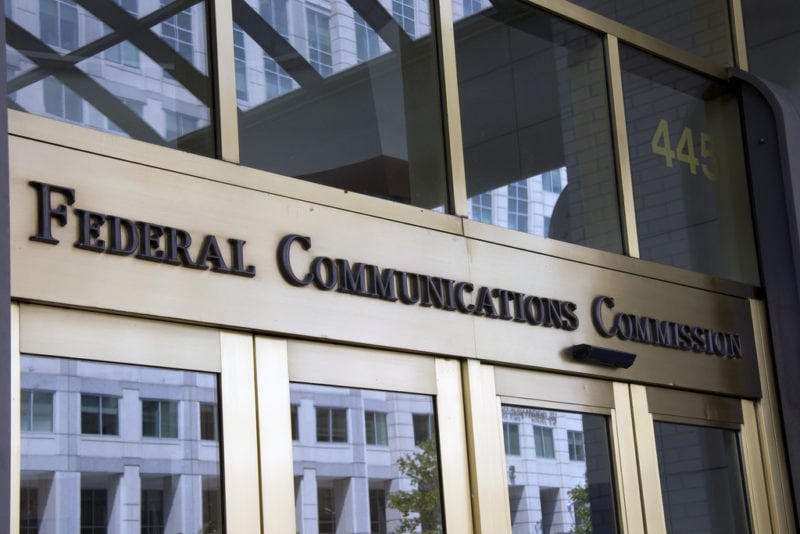Latest News

Federal Communications Commission. Photo: FCC
The FCC on Tuesday adopted procedures for Phase I of the Rural Digital Opportunity Fund auction, which will award up to $16 billion in support over 10 years for the deployment of fixed broadband networks to unserved homes and businesses in rural America. Bidding in the auction will begin on October 29, 2020, with the application window for potential bidders opening on July 1.
The Public Notice adopts application procedures meant to ensure that bidders have the business experience and financial means to deploy broadband networks and intend to use a network technology that will allow them to meet performance requirements. The FCC calls its $20.4 billion Rural Digital Opportunity Fund its most ambitious step toward bridging the digital divide. It will prioritize bids for higher speed — up to 1 Gbps — and lower latency networks, and has more than doubled the minimum speed from the FCC’s 2018 Connect America Phase II auction to 25/3 Mbps.
Some satellite constellation operators have expressed interest in and/or applied for the Rural Digital Opportunity Fund. Last month during its Q4 2020 results call, Viasat executives unveiled plans to launch a Low-Earth Orbit (LEO) constellation, confident that it would receive subsidy funding through the Rural Digital Opportunity Fund.
“We had a purpose in mind for the MEO constellation, but the biggest factor in wanting to go [to LEO] is really the amount of funding that the FCC is aiming at low specifications,” Viasat CEO Mark Dankberg said during the earnings call. “[A LEO constellation] does involve more satellites than we would have used in MEO, but the satellites are a lot smaller and less expensive than they otherwise would be, but the main attraction is that things are evolving, but assuming that the FCC does allow LEO to be eligible in the Phase II part of the Rural Digital Opportunity Fund. The opportunity for funding is far in excess of the increase in what the constellation would cost. So that’s the main reasoning behind it.”
The next day, OneWeb announced it has submitted a request to the FCC to increase the number of satellites in its constellation to 48,000. The announced generated some speculation that OneWeb was also aiming for Rural Digital Opportunity Fund subsidy. But, two sources close to the company have since confirmed to Via Satellite that OneWeb does not have plans at this time to file for the Rural Digital Opportunity Fund.
In a separate action, the FCC announced it took what it called a “crucial next step” in its efforts to remove regulatory barriers that inhibit the deployment of infrastructure for building 5G networks. The Commission adopted a Declaratory Ruling clarifying and seeking comment on the Commission’s rules regarding state and local government review of modifications to existing wireless infrastructure.
Get the latest Via Satellite news!
Subscribe Now